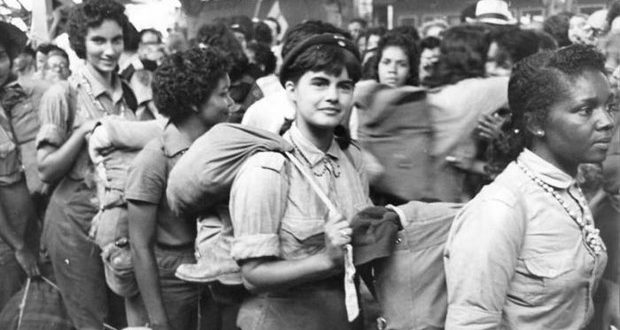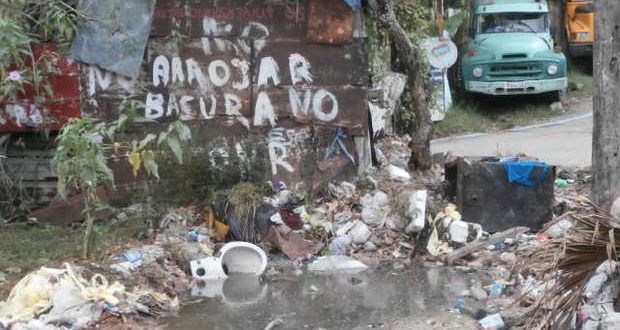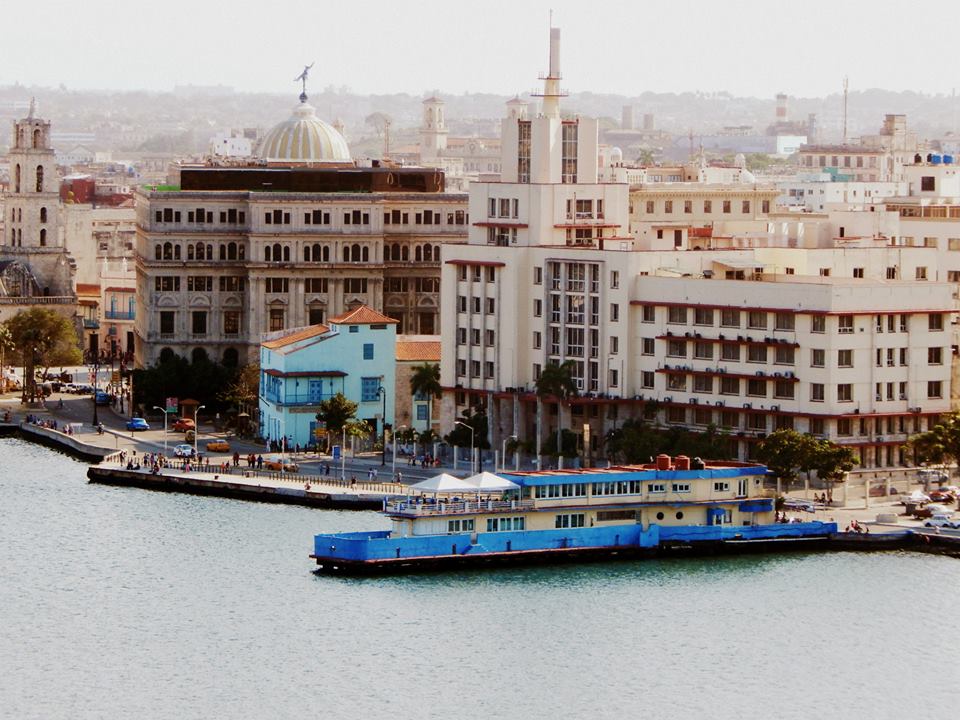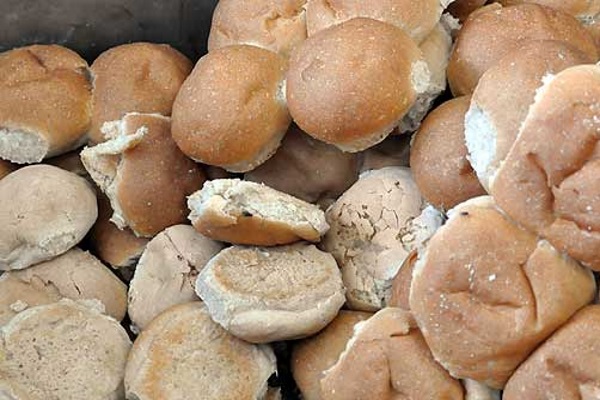
Cubanet, Tania Diaz Castro, Havana, December 12, 2016 – When in 2006 Raul Castro took power, one of the first things he said was that he would give a glass of milk a day to every Cuban. He knew very well the importance that the people gave to the strong tradition of having breakfast with coffee with milk and a piece of bread with butter. Even during the years of the Republic years it was within reach of the poorest in any cantina, inn, kiosk, or cafeteria.
Starting in 1991, with the collapse of Soviet communism, Cubans’ breakfast disappeared. In this way, Fidel’s permanent teaching failed, when he had said: “Yes we can.” continue reading
It was simply not possible for dairy industry to supply enough milk, although in a speech in December 1966 Fidel predicted that he would fill Havana Bay with milk because “in 1970 the island will have 5,000 experts in the livestock industry and around 8 million cows and calves, good milk producers.”
A little history
The Cuban dairy industry began its great development in 1927, under the government of Gerardo Machado. A few years later, when our population was 6 million, the island had one head of cattle per person and the price of meat was one of the lowest in Latin America. Cuba’s annual milk production was 1,014 million quarts, equivalent to 157 quarts per person per year.
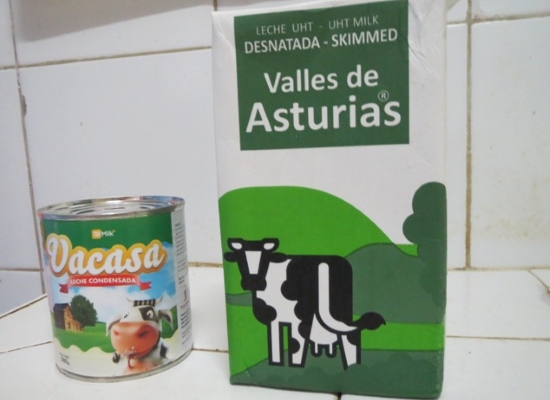
According to economic data of those years, and as we Cubans of the third age remember it, in Cuba an excellent butter was produced, as well as good cheese, condensed, evaporated or powdered milk, and a quart of fresh milk could be acquired daily And at modest prices, thanks to private companies and modern factories, which disappeared practically at the beginning of the Castro dictatorship, when in 1960 Che Guevara was appointed Minister of Industry.
What the future says
Just a few hours ago, on the occasion of the visit of a senior Russian leader, General Raúl Castro offered great news: The government of Russia would participate in the island’s economy! ¡Madre mía! I hope it’s not so that they will again send us Russian canned meats swimming in water instead the meat of good native cattle.
The future of the domestic industry, especially of food products, is uncertain. It is an industry that is unable to participate actively in resolving the country’s shortcomings. One of its problems, Commander Ramiro Valdés said recently, is the exodus and the lack of discipline of the workers and, above all, the bad technological and risky conditions in plants and factories.
Just to give one example, in 2014, a factory, the only one of its kind for dairy products, began operating in Ciego de Avila at a cost of 800 thousand pesos in hard currency. Its commercial director, Pérez de Corcho, informed the newspaper Granma in February 2015 that: “The factory does not work at full capacity because for months there has been low milk production in the territory, even though what is produced was destined for the tourist-focused cities of Jardines del Rey, Venezuela and Ciego de Avila.”
The current reality
Today, even with all the juggling they do, Cubans cannot have breakfast. In order for a family consisting of couple and two children, for example, to be able to afford their daily breakfast, they would have to have about 50 Cuban Convertible pesos per month, equivalent to more than one thousand Cuban pesos, in a country where the average wage of a worker does not exceed four hundred pesos in national currency. (That is, two-and-a-half monthly salaries, just for breakfast.)
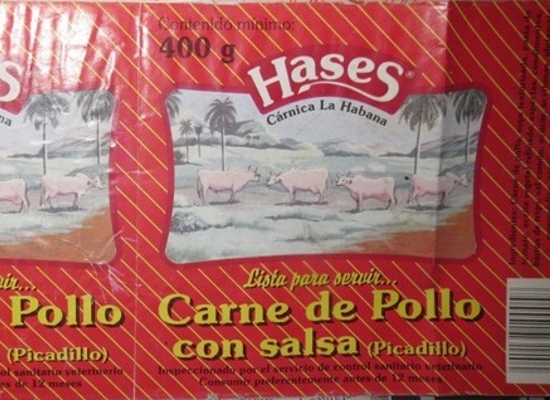
This is because the imported products — milk, coffee and butter — come from very distant countries, although they can also be seen in Latin America, with the exception of Venezuela, Bolivia, Ecuador and Nicaragua, from where we get no foods, neither expensive nor cheap.
The privilege of having breakfast is enjoyed only by Cubans who receive family remittances, principally from the United States, so they can buy things in Cuban Convertible pesos. The ordinary Cuban, which is almost everyone, has irretrievably lost this right.
Our food industry, we are faced with an irrefutable truth, thanks to Cuban communism has gone to hell in a handbasket.
Translated by Jim

